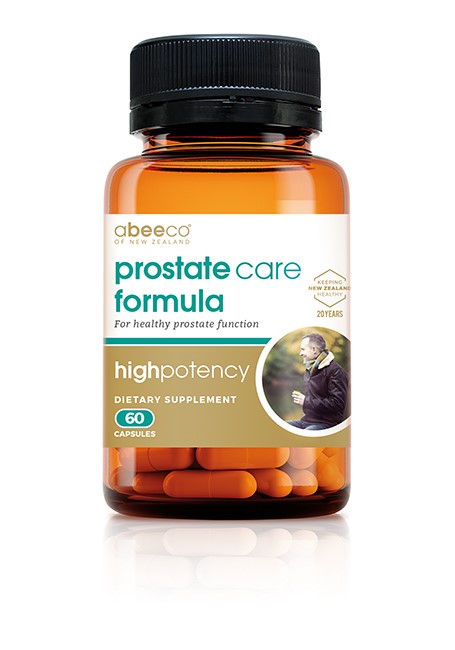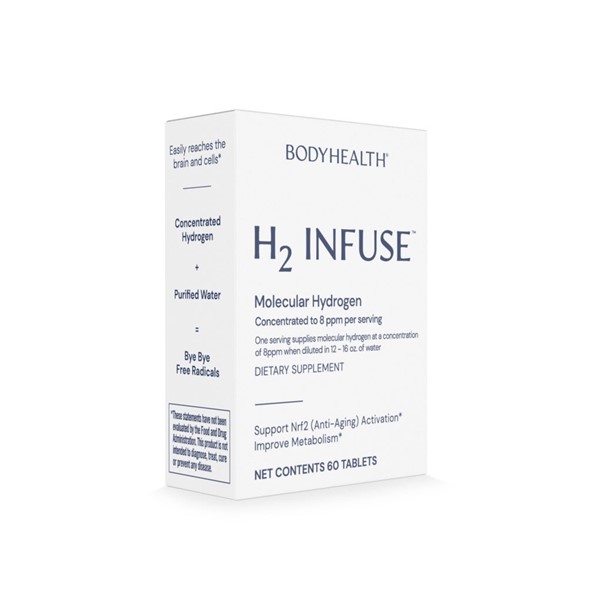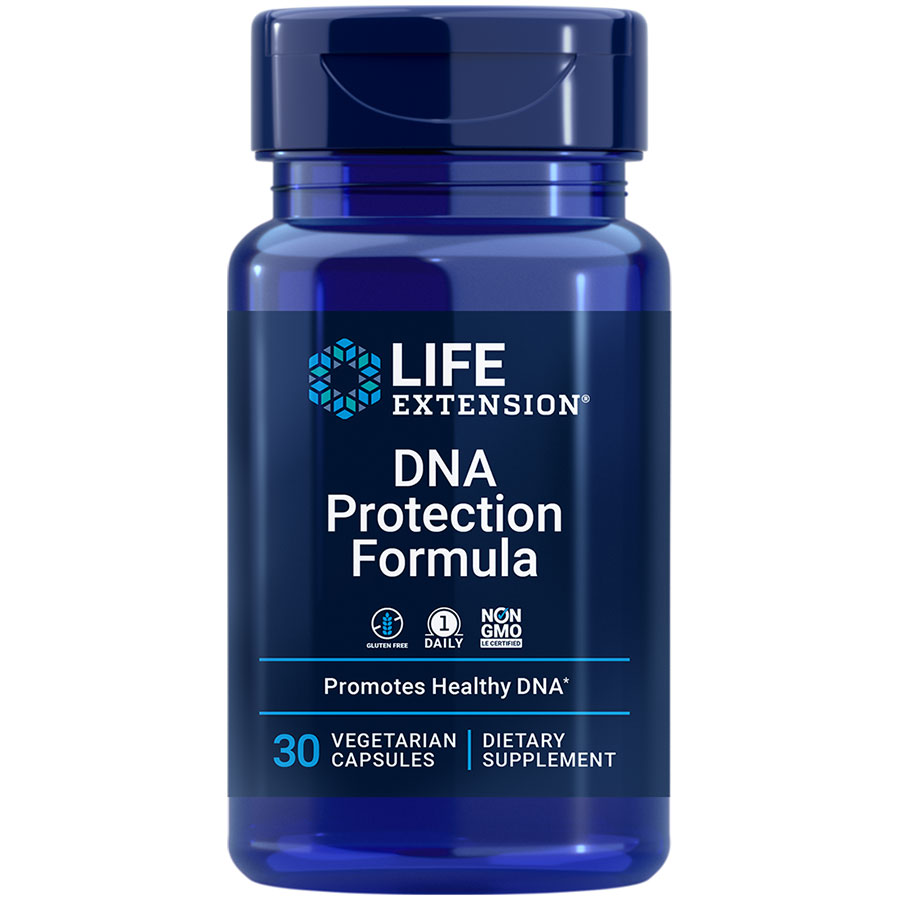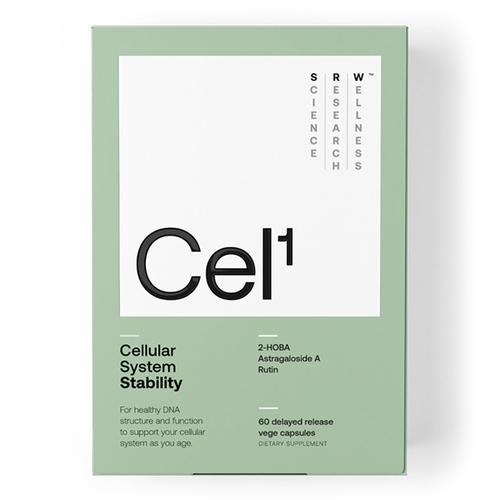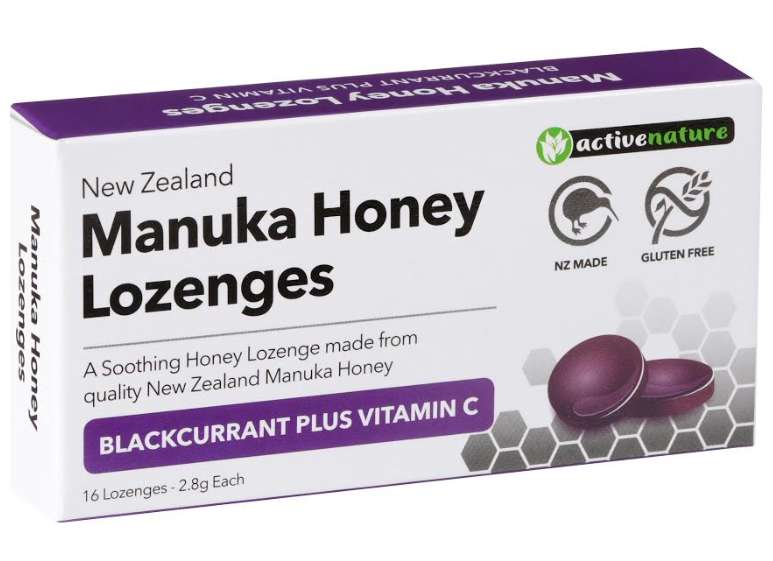By: Christopher D. Jensen December-23-2008
When sports nutritionists devise dietary recommendations for endurance athletes, fat is typically relegated to third-string status behind carbohydrates and protein. In practical terms, you're advised to consume enough carbs to replenish glycogen stores and enough protein to meet demands, including the need for muscle tissue repair and building. It's only after carbohydrate and protein needs have been met that fat even enters the discussion. But its third-string status doesn't change the fact that fat is an important and plentiful source of muscle fuel, and it's also a source of essential nutrients that are vital to good health.
This article explains the role of fat as a muscle fuel and how it teams with carbohydrates to keep you going during exercise. You'll also learn why you need certain fats to be healthy, and which dietary fats are best for you and which are to be avoided.
FAT FROM FOOD: ABSORPTION TO STORAGE
In chemical terms, the fats found in food are primarily triglycerides. A triglyceride is made up of biochemical building blocks. The backbone of a triglyceride is a molecule called glycerol, and it has room to attach to three biomolecules known as fatty acids, of which there are various kinds.
When you eat food, any fats (triglycerides) present are digested or broken down into their glycerol and fatty acid building blocks. These building blocks are then absorbed into cells that line the small intestine. Once inside the intestinal cells, the fatty acids and glycerol are repackaged into triglycerides and then transported in the bloodstream by special carriers. A major storage site for triglycerides is your adipose tissue ' the layer of fat found under your skin and between your organs. Triglycerides are also deposited in lipid droplets found within skeletal muscle tissue. These lipid droplets are referred to in scientific terms as intramyocellular lipids.
Even lean athletes have an ample supply of fat stores. In fact, from adipose tissue alone, you've probably got somewhere around 80,000 calories' worth of fat stored away, another 2,500 calories' worth as lipid droplets in muscle, and 80 or so calories as triglycerides attached to special carriers circulating in the bloodstream.
By comparison, your carbohydrate cupboard is not so amply stocked. Fully loaded, you only have about 1,500 calories' worth of carbs in the form of muscle glycogen, 400 calories socked away as glycogen in the liver, and a measly 20'40 calories as glucose circulating in the bloodstream.
FUELING MUSCLE WITH FAT VERSUS CARBS
Whether your muscles primarily burn stores of fat or carbs as fuel depends on the intensity of your physical activity.
At rest, the vast majority of energy needed to fuel muscle comes from fatty acids summoned from your adipose tissue stores by way of the bloodstream. Very little fuel comes from lipid droplets in muscle or blood glucose, and virtually none comes from muscle glycogen.
When you get off the couch and exercise at an intensity equivalent to a walking pace, here again the vast majority of the muscle fuel comes from fatty acids mobilized from your adipose tissue stores. Augmenting this are small amounts of fuel contributed from muscle lipid deposits and blood glucose, while again, virtually none comes from muscle glycogen.
If you then bump up your exercise intensity up to a moderate level that you could sustain for a number of hours, the use of fatty acids from adipose tissue continues to remain about the same. However, there's a big jump in the use of lipid droplets within muscle tissue. And at the same time, muscle glycogen and glucose make a significant contribution. In fact, at this moderate level of exercise intensity, carbohydrates and fat are just about matched in terms of their contributions to fueling your muscles.
Finally, when you then ratchet up the exercise intensity even higher, to a level equivalent to a racing pace for a 90-minute endurance event, the fat from adipose tissue and muscle lipid droplets simply can't keep pace. In fact, fat as a fuel doesn't account for any of the increase in exercise intensity. Instead, virtually all of the extra fuel needed to shift from moderate-intensity to high-intensity exercise comes from muscle glycogen stores and circulating blood glucose.
However, given your limited carbohydrate reserves, you can only maintain a high-intensity endurance pace for about 90'120 minutes. Without replenishing those carbohydrate reserves, muscle glycogen stores run dry. At that point, liver glycogen stores are relied upon to maintain blood glucose levels. But when liver glycogen stores become depleted, blood glucose level drops, and you are forced to stop or slow down considerably. In fact, you're forced to slow to a pace where fat can again be your primary muscle fuel source.
In short, fat clearly is not the primary fuel that powers high-intensity endurance exercise. Instead, that's a role for carbohydrate fuel reserves. However, glycogen stores and blood glucose happen to be in short supply, even under the best of conditions. And that's the reason nutritionists focus so intently on getting you to consume enough carbs each day. Without adequate carbohydrates, you don't replenish your glycogen stores, therefore you can't get to and maintain that high-intensity gear you need to be first across that finish line or to train at your best. That being said, fat is an important fuel source at rest and during low- to moderate-intensity exercise. And while your adipose tissue stores aren't significantly depleted by an endurance event or a tough training session, the same isn't true for intramyocellular lipids, those triglyceride droplets found in muscle tissue.
MUSCLE LIPID RESERVES NEED REPLENISHMENT TOO
Researchers have found that 2'3 hours of moderate-intensity exercise results in a 60'70% drop in muscle lipid stores. It turns out that those tiny lipid droplets in muscle cells are usually found adjacent to mitochondria within cells. Mitochondria are the metabolic energy generators for cells. The fact that the lipid droplets are so close in proximity to these energy factories has scientists thinking that this supply of triglycerides is a key fuel source during moderate-intensity exercise. This may be helping to spare glycogen stores for later in exercise. Interestingly, researchers have also found that when endurance athletes consume very high-carbohydrate diets with little fat, muscle lipid deposits don't get replenished after exercise. It's still too early to know the performance implications of this finding, but it seems prudent to make sure that your diet isn't so low in fat that you fail to replenish depleted muscle lipid stores.
FAT AS A SOURCE OF ESSENTIAL NUTRIENTS
There are other important reasons to keep fat intake on your radar screen. Fats play important functional and structural roles in the body. They are a major constituent of brain matter and are important to brain development. Fats are found in the membranes of cells throughout your body, and they're critical to the normal functioning of your lungs, eyes, and nerves. The fat in your diet also serves as a source of, and helps with the absorption of, fat-soluble nutrients such as vitamin D for strong bones, vitamin K that helps blood clot, the antioxidant vitamin E, along with vitamin A and plant sources of vitamin A known as carotenoids. In addition, a couple of the fatty acids that are common building blocks for triglycerides are essential to your diet. This means these fatty acids are critical to good health, but we can't make them ourselves. Instead, we have to consume them from the diet. These fatty acids play important hormone-like roles that influence vital physiological processes like normal blood clotting and inflammation.
CALORIE BALANCE
So far, we've made the case that you need enough fat in your diet each day to replenish your muscle lipid stores depleted during exercise and to be healthy, but you also want to avoid consuming too much fat.
Why? Because fat is especially rich in calories. On a per gram basis, carbohydrates and protein deliver 4 calories, while fat delivers a whopping 9 calories. So that plate of salad loaded with leafy lettuce, ripe tomatoes, and a host of tasty chopped up vegetables is pretty low in calories. But add a half-cup of creamy salad dressing, made up largely of fat, and suddenly you've transformed your light salad into a calorie bomb.
Consuming calories consistently in excess of what you require daily leads to weight gain and an increase in body fat. As an endurance athlete, having to cart around more weight than you need results in greater exertion during exercise and slower times. The bottom line is that consistently taking in too many calories, whether they're from fat, protein, carbs, or some combination, will lead to weight gain. But fat gets extra attention because it is so rich in calories. As such, it can be easy to inadvertently exceed your calorie needs when eating fatty foods. Balance is key. Having some fat in your diet is important, but control your intake so that you meet your needs for fat without overconsuming calories.
GET YOUR FATS STRAIGHT
So, what are the good fats and which ones should you avoid? To differentiate the good from the bad, you need to know the different kinds of fat. Earlier we covered the fact that triglycerides are composed of three fatty acids attached to a glycerol molecule. Fatty acids come in various shapes and sizes, and they are categorized as monounsaturated, polyunsaturated, saturated, or trans. The fats found in foods are actually a mixture of different types of fatty acids, but they get categorized based on the predominate type of fatty acid they contain. For example, olive oil contains a mixture of monounsaturated, polyunsaturated, and saturated fatty acids, but olive oil is referred to as a monounsaturated fat because monounsaturated fatty acids are in the majority. Fat sources that primarily feature monounsaturated and polyunsaturated fats get a thumbs-up. These fats tend to lower LDL or 'bad' cholesterol and/or raise HDL or 'good' cholesterol. When consuming fats, choose from among these:
➢ Common monounsaturated sources include: olive oil, canola oil, peanut oil, avocados, almonds, pecans, hazelnuts, sesame seeds, and pumpkin seeds.
➢ Common polyunsaturated sources include: corn oil, sunflower oil, safflower oil, soybean oil, walnuts, flaxseeds and flaxseed oil, and fatty fish.
➢ Fatty fish such as salmon, tuna, herring, mackerel, sardines, and anchovies deserve their very own bullet point. The polyunsaturated fatty acids in these fish are referred to as omega-3 fatty acids and go by the acronyms EPA (standing for eicosapentaenoic acid) and DHA (standing for docosahexaenoic acid). Diets rich in these fish oils are associated with a reduced risk of cardiovascular disease. Experts recommend eating two or more servings of these types of fatty fish each week to obtain the benefits of the omega-3 fatty acids.
Fat sources rich in saturated fats and trans fats get a thumbs-down. These fats raise 'bad' LDL cholesterol levels, while trans fats also lower 'good' HDL cholesterol levels. The experts recommend limiting saturated fat intake as much as possible and steering clear of trans fats altogether. Another type of fat in the diet is cholesterol. For many individuals, the link between cholesterol in the diet and blood cholesterol is not that strong. Saturated fats and trans fats have a much stronger negative influence on cholesterol levels. Thus, health organizations like the American Heart Association recommend limiting cholesterol intake to less than 300 mg daily, rather than trying to avoid it entirely. However, if you have heart disease or your LDL cholesterol level is 100 mg/dl or greater, it's recommended that you limit your cholesterol intake to less than 200 mg a day.
➢ Common saturated fat sources include meat and dairy products. You can cut back on saturated fat intake by choosing low-fat and nonfat dairy foods and lean cuts of meat. Coconut oil and palm oil, and products made with them, are also sources of saturated fat.
➢ For the most part, trans fats are manmade through the hydrogenation or partial hydrogenation of vegetable oils. Trans fats can be found in fried foods; solid fats like stick margarine and partially hydrogenated vegetable shortening; baked goods like cookies, biscuits, cakes, muffins, and crackers; snack foods like chips, candy, and microwave popcorn; and in pre-mixed products like cake and pancake mixes.
➢ Common cholesterol sources include eggs, dairy products, meat, and poultry. Egg yolks and organ meats (liver, kidney, sweetbread, and brain) are particularly high in cholesterol. Fish generally contains less cholesterol than other meats, but some shellfish are high in cholesterol. Foods from plants, such as vegetables, fruits, grains, cereals, nuts, and seeds, contain no cholesterol.
To navigate fats in food, make a habit of examining the Nutrition Facts box on the labels of packaged foods. If you do, you'll see that Saturated Fat and Trans Fat are all listed. You'll also see Cholesterol, Calories, and Total Fat listed. The point isn't for you to become a human nutrient calculator. Instead, use the information to become familiar how much and what types of fat are in the foods you're buying.
TIPS FOR CHOOSING HEALTHY FATS AND CONTROLLING FAT CALORIES
The goal is to make smarter, healthier food choices that will help you achieve your full athletic potential and help keep you healthy. Rather than avoiding fat in your diet, replace unhealthy fats with the healthy variety, and control your overall fat intake to keep calories in balance.
- Use plant-based oils for cooking and baking. Olive oil, canola oil, and other plant-based oils are rich in heart-healthy monounsaturated and polyunsaturated fats.
- Steer clear of trans fats by reading the labels of packaged foods before buying. Avoid products with partially hydrogenated oils. In restaurants, ask if trans fat'free oils are used for frying and baking.
- Choose lean cuts of meat and low-fat or nonfat dairy products.
- Eat fish rich in omega-3 fatty acids at least twice a week.
- Limit your intake of deep-fried foods and ask for sauces and gravies on the side so you can better control your intake of calories from fat.
REFERENCES 1. Connolly Schoonen J, Holbrook L. Physiology of anaerobic and aerobic exercise. In: Sports Nutrition: A Practice Manual for Professionals. 4th ed. Sports, Cardiovascular, and Wellness Nutritionists Dietetic Practice Group. Dunford M, ed. American Dietetic Association. 2006:3'13. 2. Jonnalagadda SS. Dietary fat and exercise. In: Sports Nutrition: A Practice Manual for Professionals. 4th ed. Sports, Cardiovascular, and Wellness Nutritionists Dietetic Practice Group. Dunford M, ed. American Dietetic Association. 2006:50'60. 3. Hawley J, Burke L. Nutritional strategies to enhance fat oxidation during aerobic exercise. In: Burke L, Deakin V. Clinical Sports Nutrition. 3rd ed. McGraw-Hill, 2006; 455'483. 4. Johnson NA, et al. Intramyocellular triacylglycerol in prolonged cycling with high- and low-carbohydrate availability. J Appl Physiol 2003;94:1365'1372. 5. Van Loon LJC, et al. Intramuscular lipids form an important substrate source during moderate intensity exercise in endurance-trained males in a fasted state. J Physiol 2003;553:611'625. 6. Van Loon LJC, et al. Influence of prolonged endurance cycling and recovery diet on intramuscular triglyceride content in trained males. Am J Physiol Endocrinol Metab 2003;285:E804'E811. 7. American Heart Association Nutrition Committee. Diet and lifestyle recommendations. Revision 2006. Circulation;114:82'96.

